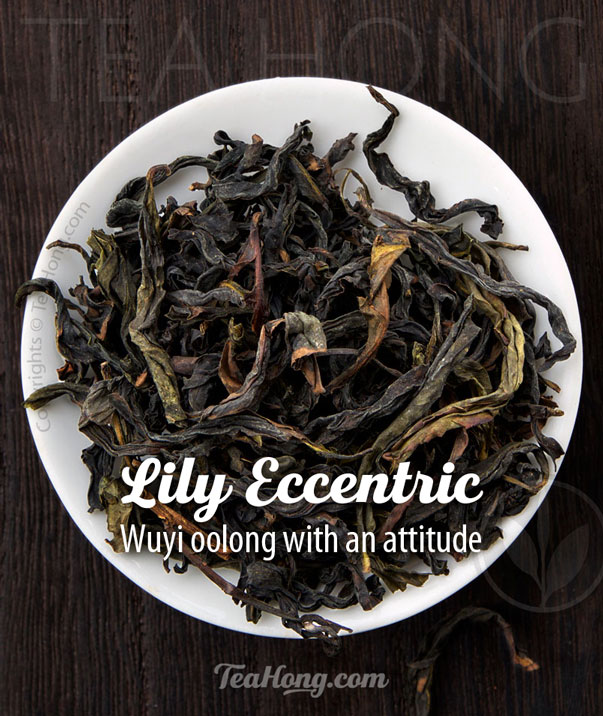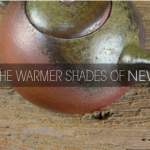Tea from the Himalayas: Nepali Black

Traditional Hand-rolled Nepali
Notice the differences in tightness of rolling, and shades of bluer colours denoting lighter oxidation. Unevenness is common place in this part of the world and it is this unevenness that gives both Nepali and Darjeeling their unique qualities. This is a very fine batch of first-flush from central Nepal.
Many have marketed productions from Nepal as “Himalayan” teas, obviously for marketing reasons — Nepal has not been well-known for its teas. At least not yet.
Here’s what I have to say about a fine Nepali traditional production: an excellent black tea in every aspect. In another word, when I do not have the options of my favourite oolongs, a fine Nepali could happily satisfy my thirst.
Before going into details, let’s understand a bit of background first.
beginning in the same era as Darjeeling
In the mid 1800’s tea planting was experimented throughout regions of different parts of the British Empire in where people thought would be similar in growing environment compared with the origins in China. (Click <here> to read more about the History of Black Tea) The initial success in Assam also encouraged this further spreading. When the seedlings were dispatched in the Darjeeling rail station, some went across the border to Nepal. (The borders in this part of the world were pretty vague at that time anyways, with the British controlling much of the access). While tea exportation brought significant economic benefits to Darjeeling, it had not taken place in Nepal. It so happened that domestic needs retarded exportation (1), so tea produced in Nepal has rarely been known outside of the country until recently. Lucky for us, due to this one and a half century of almost isolated development, tea-processing in Nepal has picked up a style quite uniquely its own.
Like its neighbouring Darjeeling region, Camellia sinensis variety sinensis is the original strand of cultivar, but the length and depth of the fermentation process is much longer here in Nepal, giving the final product a much darker appearance, compared to the Darjeeling counterparts.
taste character

Infused leaves of a Nepali hand-rolled black tea. Notice how some leaves look as if they were oolongs.
The floral aroma that distinguishes a fine Darjeeling is present in the Nepali one, and depending on which part of Nepal your selection comes from, a slightly different accent. The real commendable point about this tea, however, is the body that carries this aroma.
Any experienced tea practitioner understands that to maximize a tea’s floral aroma, the length and smoothness of the body would have to be traded: duration of fermentation has to be shortened so the bouquety mass of softened tealeaves dried as soon as possible to arrest that magic biochemical change. While ample fermentation gives fuller body and lessens astringency, a proportion of the essential oils that form in the middle of the process would also diminish. That is exactly what typifies even the finest Darjeeling: wonderful bouquet aroma carried forth in a lively body that can be fuller and smoother, and always a touch too tannic.
Producers of Nepali have somehow decided collectively to trade some of the magical bouquet aroma for a better body. The result is a beautiful balance that orchestrates the aroma and taste so well that it should be a classical representation of tea from this part of the world.
Naturally, the actual quality is quite dependent on the specific farm, harvest, and region.
- Traditional hand-rolled black tea from Nepal
- Semi-oxidized black tea from the Himalayas. Marketed earlier as Himalayan “oolong”, This is actually a short oxidation black tea. The residual enzymes give the tea a special zing, which I find even more enjoyable then the traditional black
- A mass market orthodox grade ( SFTGFOP ) can be as good as any similar grade Darjeeling but much more reasonable in price
buying tip
I never smoked and drink only very occasionally, and I do not use any fragrance, so my smelling is naturally more sensitive than those who do. Therefore, those who need stronger aromas in their tea experience may not agree with me about the balance of a Nepali orthodox and may prefer a Darjeeling.
For those who want to give this tea a try, this couple of years should be good because teashops and internet shops around the world are beginning to stock various grades from Nepal. Quality varies quite significantly though, and so is the price. Fortunate enough for the consumer, tea from Nepal has not gained the kind of reputation as Darjeeling so the prices are very much still within reasonable reach, even for the finest ones.
Tea is produced in Nepal nowadays in a quite a spread of different regions, involving people of various levels of mastery and styles. Some operate like traditional plantation companies. Some are collectors/wholesalers but claim to be producers. Some are farmer cooperatives. Where your retailer, or the wholesaler of your retailer, buys from has quite an impact on the final price and quality.
Nepali commercial grades comparable to Darjeeling
It is also important to note that there are broken leaf grades produced in Nepal to the style of Darjeeling, ie the greener style. One can put a batch in a tea can with the Darjeeling label, as those in famous tea brands, and easily fool even seasoned tasters. Some argue that those produced in Nepal lack accents in the aroma. Maybe they have tasted not a very fine batch; maybe it was prejudice. I find the Nepali versions much better value.













